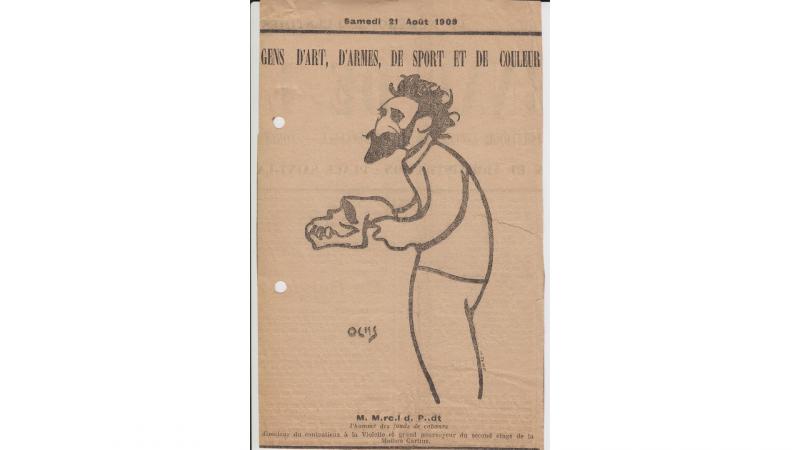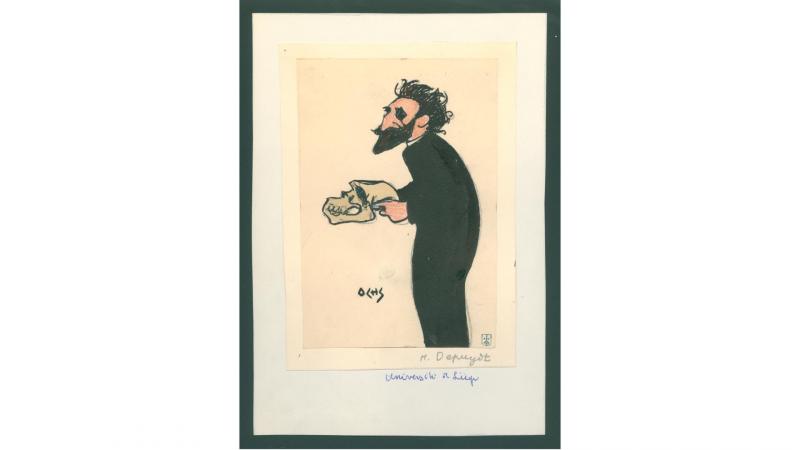Marcel de Puydt's interest in prehistoric archaeology dates back to his childhood, when he was introduced to the classification of the collections of the Namur Archaeological Museum through the historian and archivist Jules Borgnet, the father of one of his friends. Attracted by the conversations of the "scientists" and pre-historians he met there, he made his first archaeological discoveries in the excavations of the Dinant prehistorian Édouard Dupont, in the caves of the Samson Valley. Having come to Liège to study law, he devoted his leisure time "to the search for prehistoric deposits and flints that are worthy of one day appearing in the windows of a museum". At the end of 1879, he was admitted to the Liège Archaeological Institute as an associate member, then as a full member three years later. He worked hard to establish a prehistory section at the Liège Archaeological Museum – which was almost non-existent at the time – which he enriched over time through frequent donations. His great generosity and his constant contribution to the enrichment of the museum's collections are perfectly illustrated by a caricature by Jacques Ochs, which was published in the Journal de Liège on Saturday 21 August 1909. The drawing, which features Marcel de Puydt with a bear skull, is accompanied by the legend “M.rc.l d. P..dt (vowels missing), the man from the fund, director of Litigation at La Violette (the Town Hall) and major supplier of the second floor of the Maison Curtius!" Deeply attached to the City of Liège and its museums, he donated his rich prehistoric collection to the city on 4 June 1920. This was the fruit of his personal research for nearly half a century and excavations carried out in Spy (1886) and Hesbaye (1888–1908). Having managed to convince many prehistory enthusiasts (Tihon, Davin-Rigot, Gaillard, Destinez, Cumont, etc.) to deposit their collections in the museum, he is a pioneer in the creation of one of the most important prehistoric collections in the country.
- Home
- The Museum’s collections
- Archaeology
- Marcel de Puydt (1855–1940), the originator of the Curtius Museum's Prehistory section

